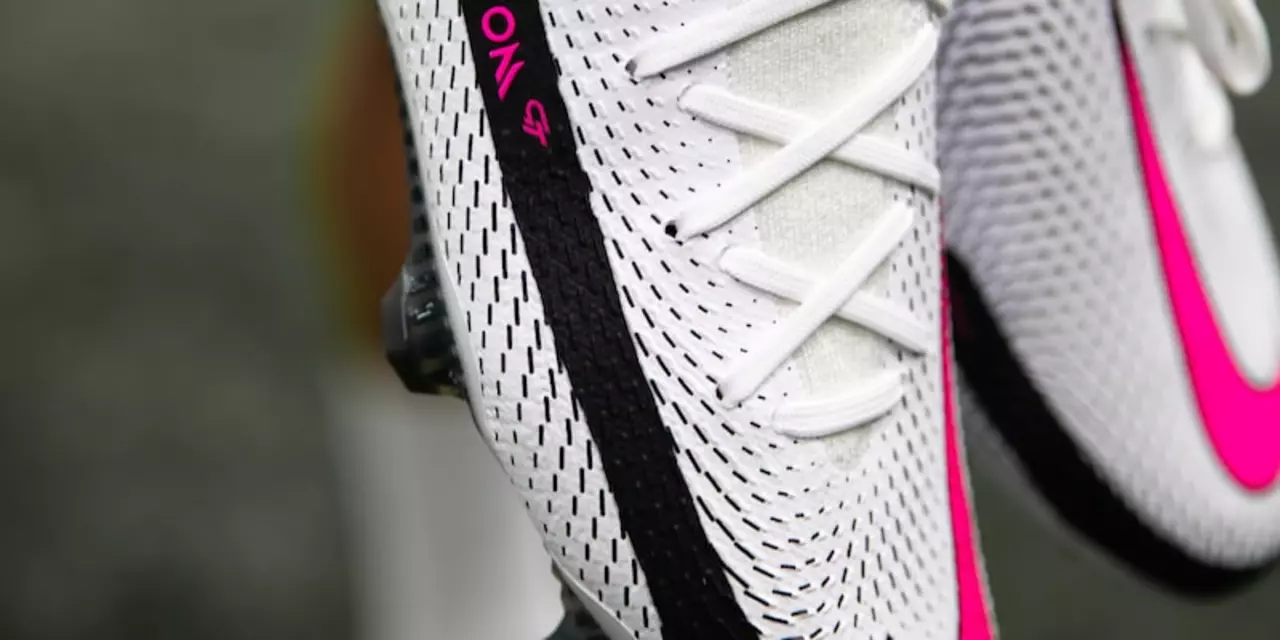Soccer Cleats: How to Choose, Fit, and Keep Them in Top Shape
When you step onto the pitch, the right soccer cleats can make the difference between sliding past a defender and tripping over your own feet. It’s not just about looking cool – it’s about grip, comfort, and durability. Below you’ll find straight‑forward advice to help you pick the perfect pair and keep them game‑ready.
How to Choose the Right Soccer Cleats
First thing’s first: fit matters more than brand. Slip one foot into the shoe and wiggle your toes. You should feel snug around the heel and mid‑foot, but have a thumb’s width of space at the front. If the cleats feel tight now, they’ll only get tighter after a few games.
Next, think about the surface you play on. Firm ground (FG) studs are ideal for natural grass that’s firm but not hard. If you often play on softer fields or after rain, go for soft‑ground (SG) cleats with longer, detachable studs. Artificial turf (AG) shoes have shorter studs or a flat plate – they prevent tearing up the turf while still giving you traction.
Material is another big factor. Leather offers a snug, break‑in feel and tends to mold to your foot, but it can be heavier and needs more maintenance. Synthetic uppers are lighter and dry faster, though they may feel less plush. Choose what feels right in your hand and on your foot.
Budget doesn’t have to limit performance. Mid‑range models from reputable brands give you solid grip and decent durability without the premium price tag. If you’re a serious player who trains daily, investing in a top‑tier pair can pay off with better support and longer life.
Finally, try them on with the socks you’ll actually wear in matches. Thick, padded socks can change the fit dramatically. Walk around the store, do a few quick sprints, and make sure there’s no slipping inside the shoe.
Caring for Your Cleats to Last Longer
After every match, give your cleats a quick clean. Brush off mud with a soft brush, then wipe the upper with a damp cloth. Avoid soaking them – water can weaken adhesives and warp the soles.
Let the shoes air‑dry at room temperature. Putting them in direct sunlight or near a heater speeds up drying but can shrink the material and crack the studs. If you need them ready fast, stuff the toe box with newspaper to absorb moisture.
Store your cleats in a cool, dry place. Using a shoe bag or a simple box helps protect them from dust and accidental scuffs. Keep them away from heavy objects that could crush the studs.
Every few weeks, check the stud heads for wear. Worn or broken studs reduce traction and increase injury risk. Many soft‑ground cleats come with replaceable studs – carry a spare set in your bag.
Quick checklist before each game: fit snug, studs appropriate for the pitch, clean surface, dry feet, and correct socks. Follow these steps and your soccer cleats will stay comfortable, reliable, and ready to help you win more games.

- Feb 14, 2023
- Blaise Kendall
- 0 Comments
Can my kid wear soccer cleats for softball?
It is important for young athletes to wear the right footwear for the sport they are playing. Soccer cleats are designed for playing soccer, while softball cleats are designed for playing softball. Soccer cleats are not suitable for playing softball since they are designed for a completely different type of sport and could result in an injury. Softball cleats have a rounder toe, which creates a wider base for the player, providing more stability and less risk for an ankle injury. Additionally, softball cleats are made with a flat surface to ensure a better grip into the dirt of the softball field. Therefore, it is recommended that kids wear softball cleats when playing softball.